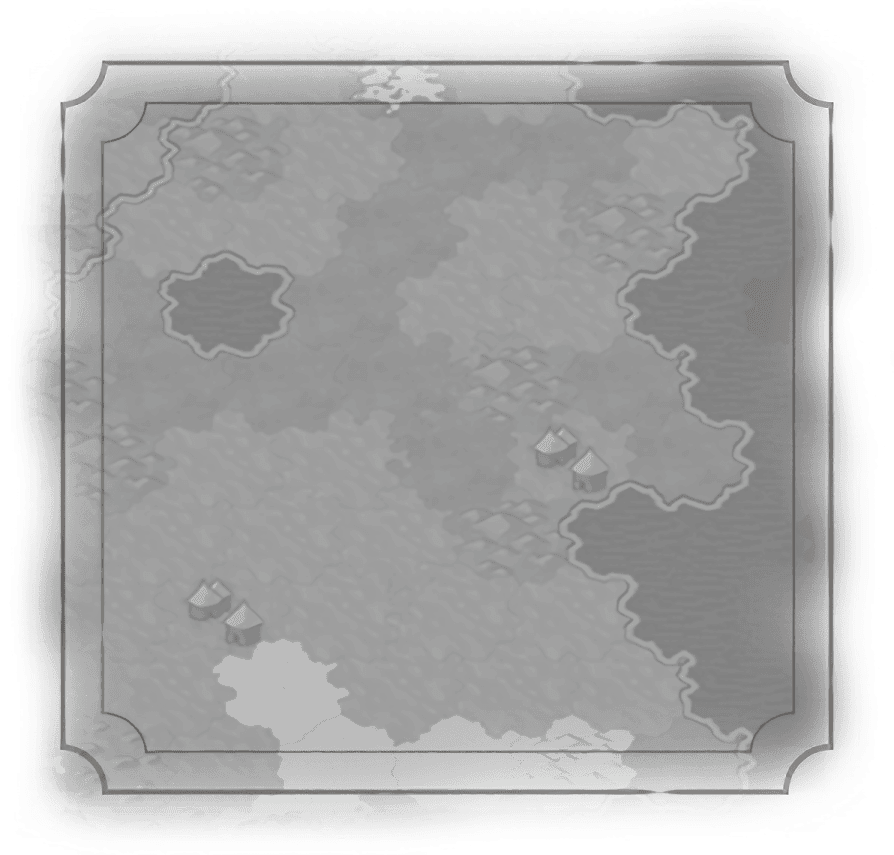Comandante General
Great Admiral
Great Artist
Great Engineer
Great General
Great Merchant
Great Musician
Antonin Dvorak
Antônio Carlos Gomes
Antonio Vivaldi
Clara Schumann
Dimitrie Cantemir
Franz Liszt
Frederic Chopin
Gauhar Jaan
Johann Sebastian Bach
Juventino Rosas
Lili'uokalani
Liu Tianhua
Ludwig van Beethoven
Mykola Leontovych
Peter Ilyich Tchaikovsky
Scott Joplin
Wolfgang Amadeus Mozart
Yatsuhashi Kengyo
Great Prophet
Great Scientist
Great Writer


Yatsuhashi Kengyo
Historical Context
The blind musician Yatsuhashi Kengyō is now considered the “father of modern koto” for, whereas before the 17th Century the stringed instrument was played only in sankyoku ensembles in temples and the royal court, he composed many solo pieces for it and popularized it among the masses. Born in 1614 AD somewhere around Kyoto, Yatsuhashi learned how to play the 13-string koto from a court musician. His teacher was the famous Hosui, himself a student of the equally famous Kenjun. Not much else is known of Yatsuhashi's life, save that he was given the honorary title 'Kengyō' (the highest rank of the organization of blind musicians and masseurs).
Yatsuhashi brought about a new style of koto arrangements, which he dubbed 'kumi-uta,' and changed the traditional (altering anything traditional in feudal Japan was always challenging) tunings, adapting the Hirajoshi scale and Insen scale from the shamisen for use with the koto. Over his lifetime, he composed a number of new pieces for the koto, but the most influential was the masterpiece 'Rokudan-no-Shirabe' (“Study in Six Steps”). It contains all the basic steps in playing the koto. Each 'dan' (or step) has 52 beats with six variations. It is certainly the most played classical pieces for the instrument, and its melody has been arranged for a number of other stringed instruments common in other civilizations.
His innovations were spread across Japan by several of his students, notably Ikuta Kengyō travelled to Edo to found a school there. Another student, Yamada, established his own school, location uncertain. Today most players of the classical koto play in either the Ikuda or the Yamada style, which have slight differences in fingering and sitting techniques. Yatsuhashi died c. 1685, likely in Kyoto.
Yatsuhashi brought about a new style of koto arrangements, which he dubbed 'kumi-uta,' and changed the traditional (altering anything traditional in feudal Japan was always challenging) tunings, adapting the Hirajoshi scale and Insen scale from the shamisen for use with the koto. Over his lifetime, he composed a number of new pieces for the koto, but the most influential was the masterpiece 'Rokudan-no-Shirabe' (“Study in Six Steps”). It contains all the basic steps in playing the koto. Each 'dan' (or step) has 52 beats with six variations. It is certainly the most played classical pieces for the instrument, and its melody has been arranged for a number of other stringed instruments common in other civilizations.
His innovations were spread across Japan by several of his students, notably Ikuta Kengyō travelled to Edo to found a school there. Another student, Yamada, established his own school, location uncertain. Today most players of the classical koto play in either the Ikuda or the Yamada style, which have slight differences in fingering and sitting techniques. Yatsuhashi died c. 1685, likely in Kyoto.
Great Works
 Rokudan No Shirabe
Rokudan No Shirabe Hachidan No Shirabe
Hachidan No ShirabeActivate at a district or wonder with an available Great Work slot.

Traits
Industrial Era
Great Musician

Historical Context
The blind musician Yatsuhashi Kengyō is now considered the “father of modern koto” for, whereas before the 17th Century the stringed instrument was played only in sankyoku ensembles in temples and the royal court, he composed many solo pieces for it and popularized it among the masses. Born in 1614 AD somewhere around Kyoto, Yatsuhashi learned how to play the 13-string koto from a court musician. His teacher was the famous Hosui, himself a student of the equally famous Kenjun. Not much else is known of Yatsuhashi's life, save that he was given the honorary title 'Kengyō' (the highest rank of the organization of blind musicians and masseurs).
Yatsuhashi brought about a new style of koto arrangements, which he dubbed 'kumi-uta,' and changed the traditional (altering anything traditional in feudal Japan was always challenging) tunings, adapting the Hirajoshi scale and Insen scale from the shamisen for use with the koto. Over his lifetime, he composed a number of new pieces for the koto, but the most influential was the masterpiece 'Rokudan-no-Shirabe' (“Study in Six Steps”). It contains all the basic steps in playing the koto. Each 'dan' (or step) has 52 beats with six variations. It is certainly the most played classical pieces for the instrument, and its melody has been arranged for a number of other stringed instruments common in other civilizations.
His innovations were spread across Japan by several of his students, notably Ikuta Kengyō travelled to Edo to found a school there. Another student, Yamada, established his own school, location uncertain. Today most players of the classical koto play in either the Ikuda or the Yamada style, which have slight differences in fingering and sitting techniques. Yatsuhashi died c. 1685, likely in Kyoto.
Yatsuhashi brought about a new style of koto arrangements, which he dubbed 'kumi-uta,' and changed the traditional (altering anything traditional in feudal Japan was always challenging) tunings, adapting the Hirajoshi scale and Insen scale from the shamisen for use with the koto. Over his lifetime, he composed a number of new pieces for the koto, but the most influential was the masterpiece 'Rokudan-no-Shirabe' (“Study in Six Steps”). It contains all the basic steps in playing the koto. Each 'dan' (or step) has 52 beats with six variations. It is certainly the most played classical pieces for the instrument, and its melody has been arranged for a number of other stringed instruments common in other civilizations.
His innovations were spread across Japan by several of his students, notably Ikuta Kengyō travelled to Edo to found a school there. Another student, Yamada, established his own school, location uncertain. Today most players of the classical koto play in either the Ikuda or the Yamada style, which have slight differences in fingering and sitting techniques. Yatsuhashi died c. 1685, likely in Kyoto.
Traits
Industrial Era
Great Musician
Great Works
 Rokudan No Shirabe
Rokudan No Shirabe Hachidan No Shirabe
Hachidan No ShirabeActivate at a district or wonder with an available Great Work slot.



